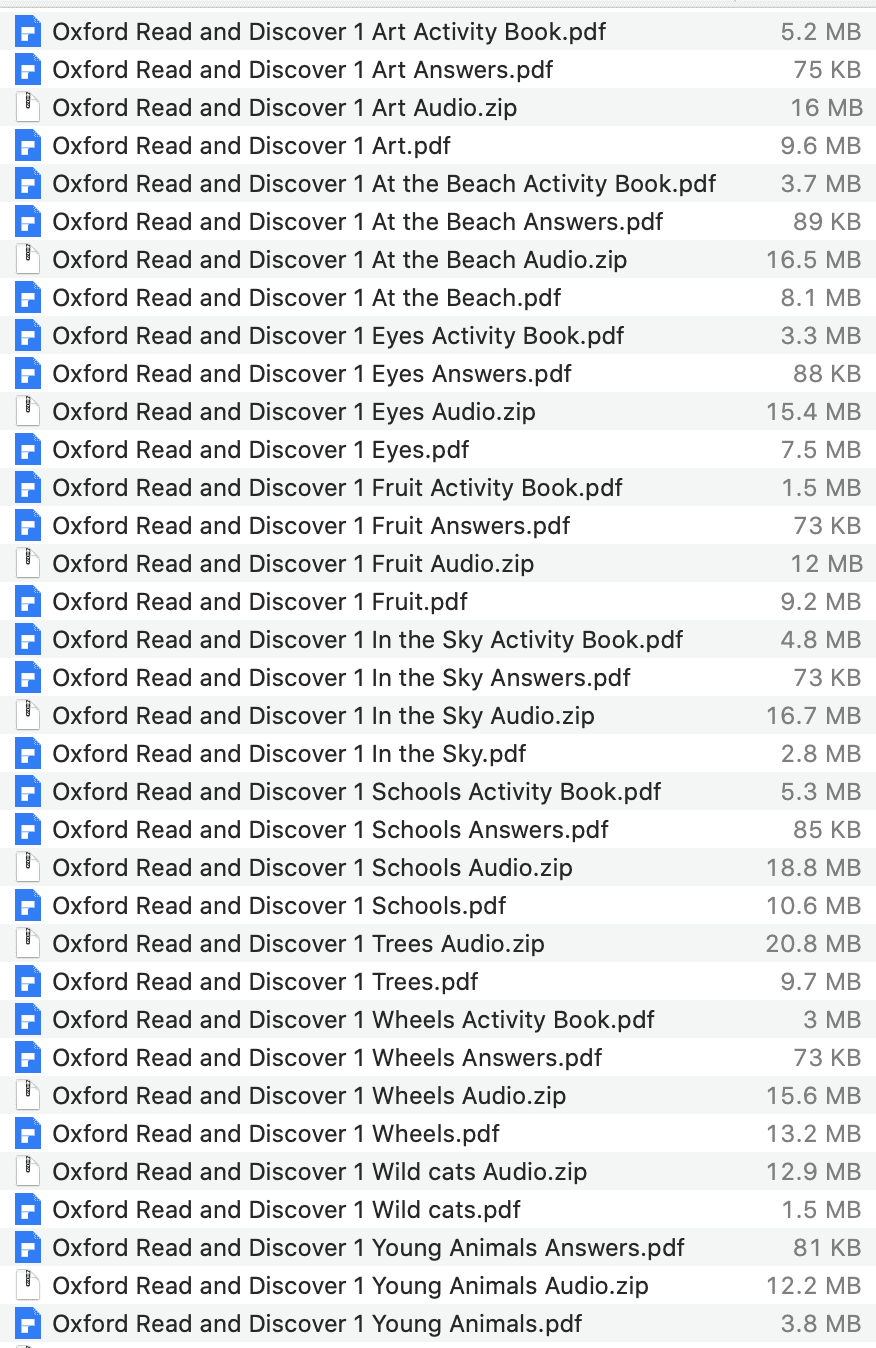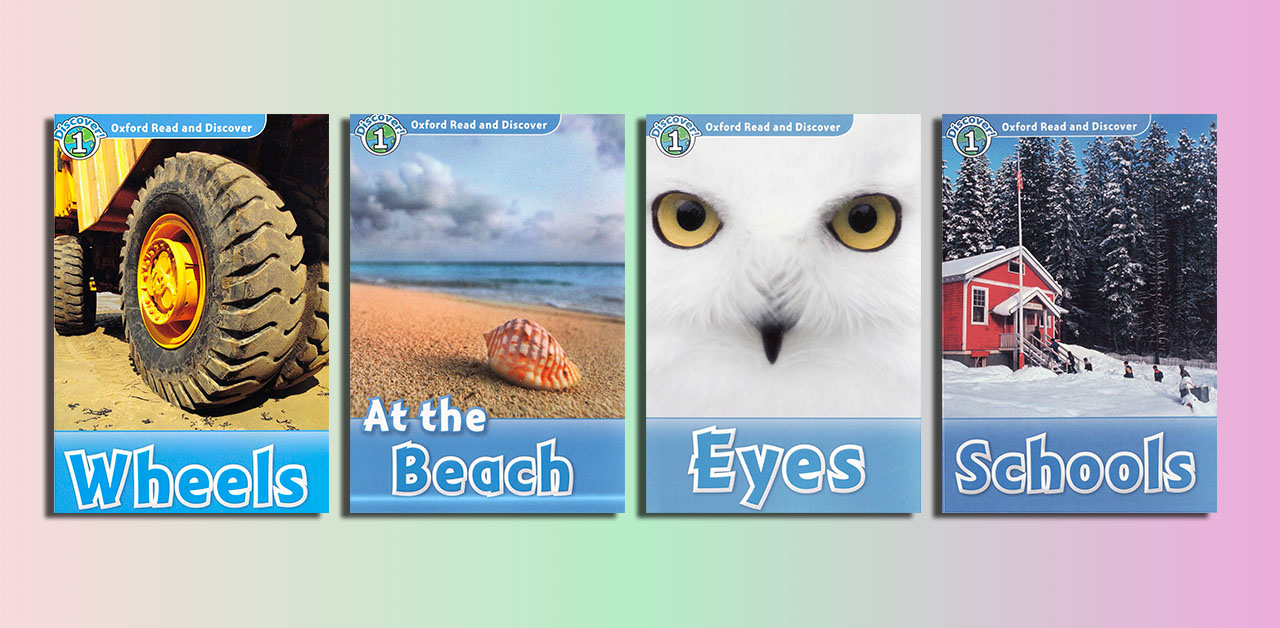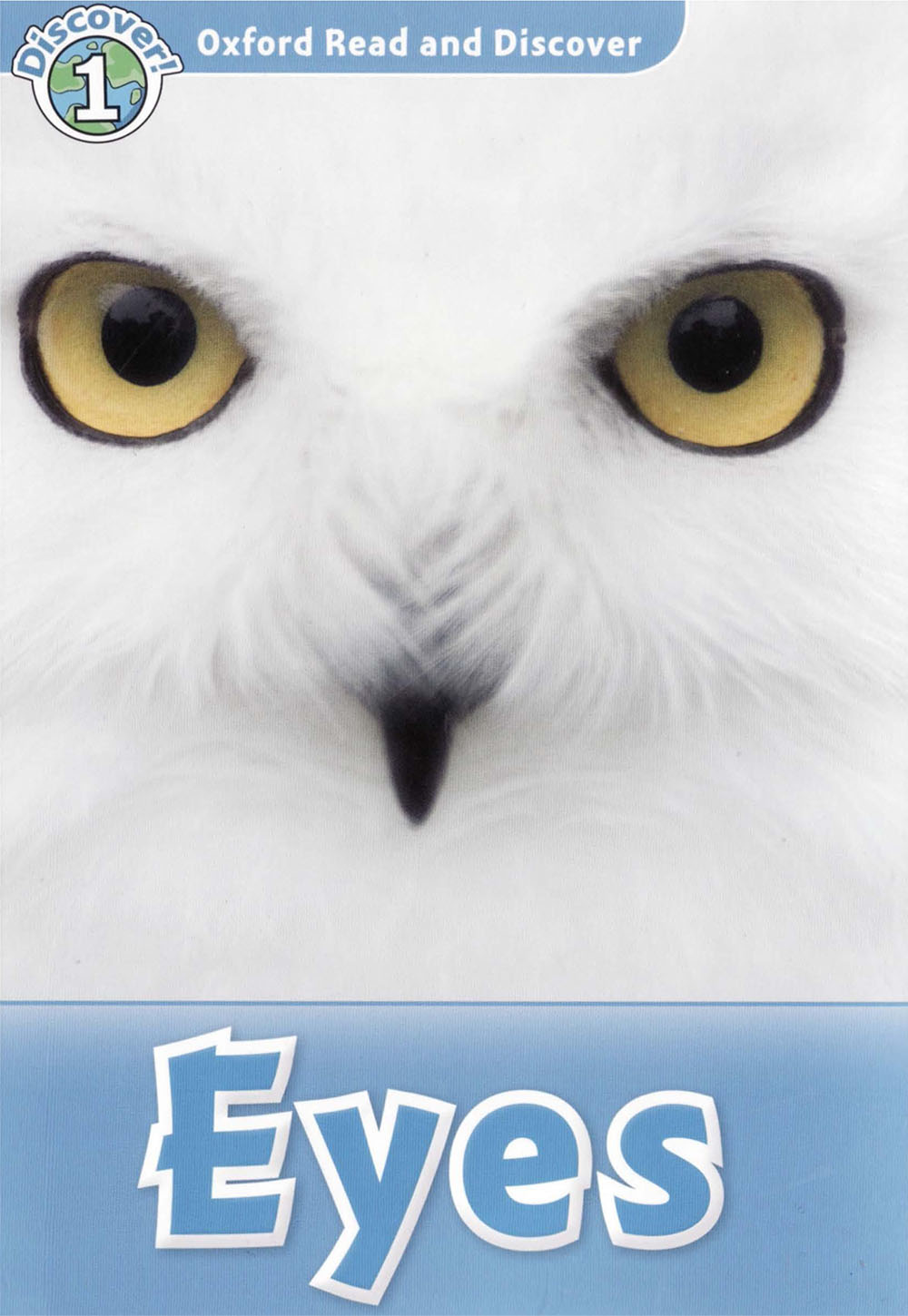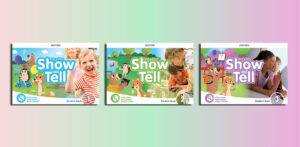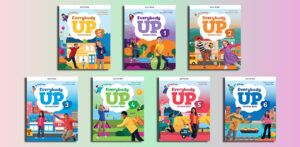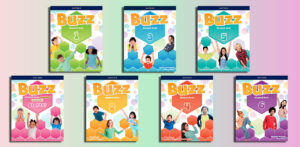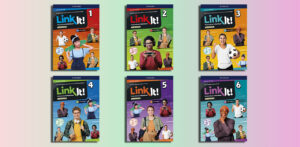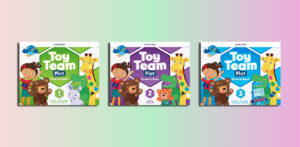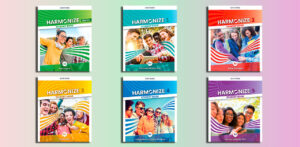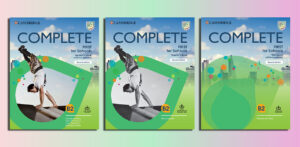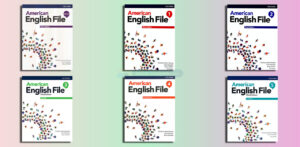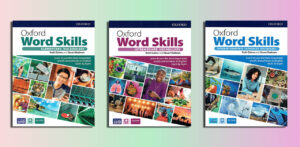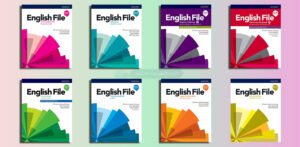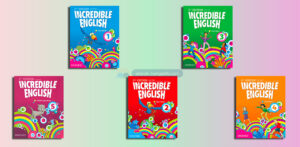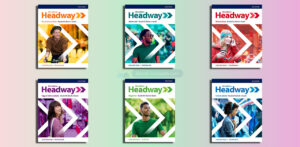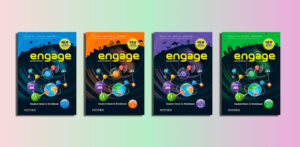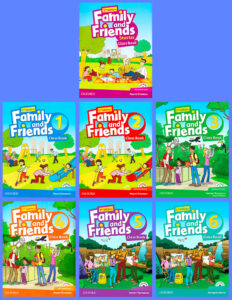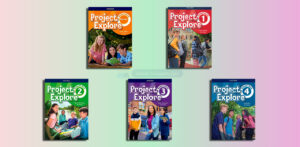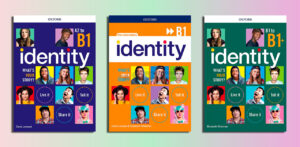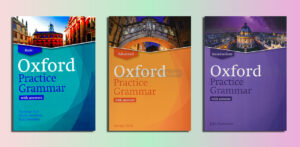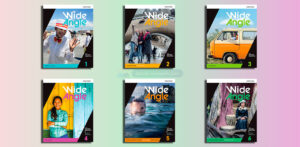Oxford Read and Discover (PDFs, Resources)
Level 1
Oxford Read and Discover 1 Art
Oxford Read and Discover 1 At the Beach
Oxford Read and Discover 1 Eyes
Oxford Read and Discover 1 Fruit
Oxford Read and Discover 1 In the Sky
Oxford Read and Discover 1 Schools
Oxford Read and Discover 1 Trees
Oxford Read and Discover 1 Wheels
Oxford Read and Discover 1 Wild cats
Oxford Read and Discover 1 Young Animals
Level 2
Oxford Read and Discover 2 Amazing Minibeasts
Oxford Read and Discover 2 Camouflage
Oxford Read and Discover 2 Cities
Oxford Read and Discover 2 Earth
Oxford Read and Discover 2 Electricity
Oxford Read and Discover 2 Farms
Oxford Read and Discover 2 In The Mountains
Oxford Read and Discover 2 Jobs
Oxford Read and Discover 2 Plastic
Oxford Read and Discover 2 Sound and Music
Oxford Read and Discover 2 Sunny and Rainy
Oxford Read and Discover 2 Your Body
Level 3
Oxford Read and Discover 3 Animals In the Air
Oxford Read and Discover 3 Festivals Around the World
Oxford Read and Discover 3 Free Time Around the World
Oxford Read and Discover 3 How We Make Products
Oxford Read and Discover 3 Life in Rainforests
Oxford Read and Discover 3 Super Structures
Oxford Read and Discover 3 Wonderful Water
Oxford Read and Discover 3 Your Five Senses
Level 4
Oxford Read and Discover 4 About Desert Life
Oxford Read and Discover 4 All About Ocean Life
Oxford Read and Discover 4 All About Plants
Oxford Read and Discover 4 Animals at Night
Oxford Read and Discover 4 Animals In Art
Oxford Read and Discover 4 How to Stay Healthy
Oxford Read and Discover 4 Incredible Earth
Oxford Read and Discover 4 Machines Then and Now
Oxford Read and Discover 4 Why We Recycle
Oxford Read and Discover 4 Wonders of the Past
Level 5
Oxford Read and Discover 5 All About Islands
Oxford Read and Discover 5 Animal Life Cycles
Oxford Read and Discover 5 Exploring Our World
Oxford Read and Discover 5 Great Migrations
Oxford Read and Discover 5 Homes Around the World
Oxford Read and Discover 5 Materials To Products
Oxford Read and Discover 5 Medicine Then and Now
Oxford Read and Discover 5 Our World In Art
Oxford Read and Discover 5 Transportation Then and Now
Level 6
Oxford Read and Discover 6 All About Space
Oxford Read and Discover 6 Caring for Our Planet
Oxford Read and Discover 6 Cells and Microbes
Oxford Read and Discover 6 Clothes Then and Now
Oxford Read and Discover 6 Earth Then and Now
Oxford Read and Discover 6 Food Around the World
Oxford Read and Discover 6 Helping Around the World
Oxford Read and Discover 6 Incredible Energy
Oxford Read and Discover 6 Wonderful Ecosystems
Oxford Read and Discover 6 Your Amazing Body
Oxford Read and Discover Extra Materials
Overview of the “Oxford Read and Discover” by Oxford
Contents
| ✅ Coursebook: | Oxford Read and Discover |
| ✅ Publisher: | Oxford University Press |
| ✅ Levels: | Pre A1, A1, A2, B1 |
| ✅ For: | Primary School, Junior High School, Reading |
| ✅ English type: | American English, British English |
| ✅ Publication year: | 2013 |
“Oxford Read and Discover” is a non-fiction graded readers series from Oxford University Press designed to build English language skills while helping children learn about the world. Aimed mainly at primary learners (roughly 8+ years old, with extra support at the lowest levels), it combines clear, graded language with rich visual support and cross-curricular topics, making it especially suitable for CLIL (Content and Language Integrated Learning) classrooms.
Levels and structure
The series is organised into six main levels (1–6), moving from basic sentence structures to more complex texts. Each level offers multiple titles (often around ten) on different topics, such as:
- Level 1–2: everyday themes and simple science (e.g. Art, At the Beach, Eyes, Fruit, Wild Cats, Young Animals, Electricity, Your Body).
- Level 3–4: more detailed science and geography (e.g. Super Structures, Life in Rainforests, Wonderful Water, Animals at Night, Incredible Earth).
- Level 5–6: more abstract or advanced content (e.g. Exploring Our World, Animal Life Cycles, Medicine Then and Now, Incredible Energy, Your Amazing Body).
Texts become gradually longer and denser, and the vocabulary load increases level by level. This careful grading helps learners progress smoothly from simple to more academic reading.
Content focus and CLIL
“Oxford Read and Discover” is a non-fiction series, so every book is built around real-world content rather than stories. Topics span:
- Science and the natural world (plants, animals, ecosystems, energy, space)
- Geography and environments (deserts, islands, rainforests, cities, oceans)
- Technology and history (machines, transport, medicine then and now)
- Social studies and culture (festivals, homes around the world, helping around the world)
Because the topics overlap with school subjects, the series is widely used for CLIL, reinforcing content from science, geography, and social studies through English. Descriptions emphasise that the books “support English across the curriculum,” making them suitable for bilingual or content-based programmes.
Visual and design features
Each reader is highly visual, with:
- Full-colour photos, maps, charts, and diagrams to support comprehension and keep learners engaged.
- Clear page layouts with short sections, subheadings, and captioned images.
- Picture Dictionary pages at Levels 3–4, and a Glossary at Levels 5–6 to support vocabulary development and independent learning.
These visual elements make complex information more accessible and help students connect new language to real-world concepts.
Language development and skills
While the main focus is reading, the series is designed to build a range of skills:
- Vocabulary: topic-based lexical sets (e.g. body parts, weather, materials, ecosystems) are recycled and extended across levels.
- Reading skills: skimming, scanning, identifying main ideas, reading diagrams, and interpreting charts.
- Critical thinking and projects: every book includes activities and projects that ask learners to classify, compare, predict, and create, not just copy answers.
- Language productivity: follow-up tasks encourage speaking and writing using the target vocabulary and structures.
Because of this design, many teachers use the books as mini-CLIL units, integrating them into lessons rather than treating them only as extra reading. TG Jones Online
Oxford Read and Discover 1 Wheels
Who is suitable for “Oxford Read and Discover”?
“Oxford Read and Discover” is suitable for a wide range of English learners, especially those who enjoy learning real-world content through graded, accessible language. The series is designed for both classroom use and independent reading.
1. Primary and Lower-Secondary Learners (A1–B1)
The books are ideal for children aged 7–14, as the language is carefully graded across six levels. Learners at Beginner to Intermediate stages can build vocabulary and comprehension step by step, supported by visuals, short sections, and clear explanations.
2. Students in CLIL or Bilingual Programs
Because the series covers science, geography, history, technology, and the natural world, it suits Content and Language Integrated Learning (CLIL) environments. Students who are learning school subjects in English benefit from the cross-curricular content, diagrams, and factual explanations.
3. Readers Who Prefer Non-Fiction Topics
Some learners are more motivated by facts, real-world topics, and informational texts rather than stories. These students will find the series especially engaging, as it explores animals, ecosystems, inventions, cultures, and global issues in a clear and visual way.
4. Learners Developing Reading and Study Skills
The books suit students who need practice in:
- skimming and scanning
- identifying main ideas
- interpreting diagrams, charts, and photos
- academic vocabulary building
- project and research skills
These abilities support higher-level study and exam preparation later on.
5. Independent and Extensive Readers
Because each title stands alone and offers high-interest topics, the series is excellent for extensive reading. Learners who enjoy choosing books based on their interests—animals, space, energy, landscapes, cultures—will progress naturally at their own pace.
6. ESL/EFL Classrooms Needing Flexible Supplementary Material
Teachers looking for supplementary reading material that fits easily into different lesson types—reading lessons, CLIL units, projects, or homework—will find the series suitable for mixed-ability classes.
In summary:
Learners who enjoy discovering new knowledge, building topic-based vocabulary, and improving reading comprehension through non-fiction content are the best fit for Oxford Read and Discover. It supports young learners, CLIL students, and anyone who benefits from structured, visual, and informative reading materials.
Oxford Read and Discover 1 Schools
The benefits of “Oxford Read and Discover”
1. Builds Language Skills Through Real-World Content
The series uses graded, factual texts to help learners develop English naturally while exploring science, geography, culture, and technology. This combination strengthens:
- vocabulary retention
- comprehension of academic-style texts
- reading fluency
- real-world language use
Learners improve their English while discovering meaningful, engaging information.
2. Supports CLIL and Cross-Curricular Learning
Because topics cover school subjects—plants, animals, habitats, energy, inventions, weather, and more—the series fits perfectly into CLIL (Content and Language Integrated Learning) programs. Students reinforce subject knowledge in English, helping them connect language learning with other areas of study.
3. Highly Visual and Accessible for All Levels
Every book includes rich, full-color photos, diagrams, maps, and charts.
Benefits include:
- easier comprehension of complex ideas
- improved confidence for lower-level learners
- stronger motivation due to engaging layouts
Visual support makes the books approachable even for reluctant readers.
4. Develops Reading and Critical Thinking Skills
Each title encourages learners to:
- skim and scan for information
- identify key ideas and details
- interpret diagrams and images
- make connections across topics
- apply knowledge to small projects or tasks
These skills are essential for academic success and exam preparation.
Oxford Read and Discover 1 Eyes
5. Clear Progression Across Six Levels
The series is organized from Level 1 to Level 6, gradually increasing in text length, vocabulary complexity, and conceptual depth. This structure:
- supports step-by-step learning
- helps teachers easily match books to student ability
- gives learners a sense of accomplishment as they move upward
6. Encourages Independent and Extensive Reading
Short chapters, accessible language, and interesting topics make the books ideal for independent reading. Learners can choose subjects they like—animals, space, oceans, history—which increases motivation and reading habits.
7. Includes Audio for Listening and Pronunciation Practice
Many titles come with audio in British or American English, allowing learners to:
- improve listening comprehension
- practice pronunciation
- follow the text while listening for better fluency
This transforms each reader into a multi-skill learning resource.
8. Supports Project Work and Creative Tasks
Most books include end-of-unit activities, research tasks, and simple projects. These help students:
- personalize what they learned
- practice speaking and writing
- build confidence through hands-on learning
In summary:
Oxford Read and Discover offers a rich blend of language learning, visual support, and real-world knowledge. It boosts vocabulary, strengthens academic skills, and motivates learners through high-interest non-fiction topics—making it an excellent choice for classrooms, home study, and extensive reading programs.
Oxford Read and Discover 1 At the Beach
Effective learning strategies for “Oxford Read and Discover”
1. Pre-teach Key Vocabulary Before Reading
Each book contains essential topic-based vocabulary (e.g., animals, ecosystems, machines, the human body).
Before reading:
- introduce 8–12 important words
- use pictures, real objects, or short examples
- check understanding with quick matching or guessing tasks
This reduces cognitive load and helps students read more confidently.
2. Use the Visuals Actively
The series includes photos, diagrams, maps, and charts—perfect tools for comprehension.
Encourage learners to:
- predict the text from images
- describe what they see
- label diagrams
- compare images with the text
This builds background knowledge and strengthens critical thinking.
3. Read in Short Sections With Purpose
Instead of reading everything at once, divide the text into small parts (1–2 pages).
For each section, set a clear task:
- find the main idea
- answer a guiding question
- skim for a specific detail
Purposeful reading improves focus and comprehension.
4. Combine Reading With Listening
Use the audio versions to develop fluency:
- listen first for general understanding
- read while listening to improve pacing and pronunciation
- listen again to reinforce difficult vocabulary
This is especially helpful for lower-level learners or mixed-ability classes.
5. Use the Activities and Projects at the End of Each Unit
The built-in tasks are excellent for reinforcing learning.
Students can:
- do pair or group discussions
- complete mini-research tasks
- create posters, charts, or short presentations
- write summaries or simple reports
Project-based activities deepen understanding and improve productive skills.
6. Build Topic-Based Vocabulary Sets
Keep a vocabulary notebook with:
- word + meaning
- a simple example sentence
- a picture (drawn or printed)
- related words from the same topic
This helps learners see connections across texts and remember words longer.
7. Encourage Extensive Reading for Enjoyment
Allow learners to choose books based on their interests—animals, space, energy, places, history.
To maintain motivation:
- set weekly reading goals
- ask learners to retell what they learned
- create a class reading chart or portfolio
Enjoyment is key to long-term reading development.
8. Use Pair and Group Work to Boost Communication
After reading, use communicative tasks such as:
- “Find someone who…” based on facts from the book
- information gap activities
- quiz-style games
- compare-and-contrast discussions
This transforms reading into speaking practice.
9. Connect Fact and Fiction With “Oxford Read and Imagine”
Using the partner fiction series helps students reinforce vocabulary and topics.
For example:
- Read “Animals at Night” (fact)
- Then read a related Read and Imagine story that uses similar vocabulary
This strengthens comprehension through repetition in different contexts.
10. Review and Recycle Knowledge Regularly
At the end of a unit or week:
- revisit key vocabulary
- summarize main ideas
- review diagrams and maps
- complete quick quizzes or flashcard games
Recycling helps transfer knowledge from short-term to long-term memory.

